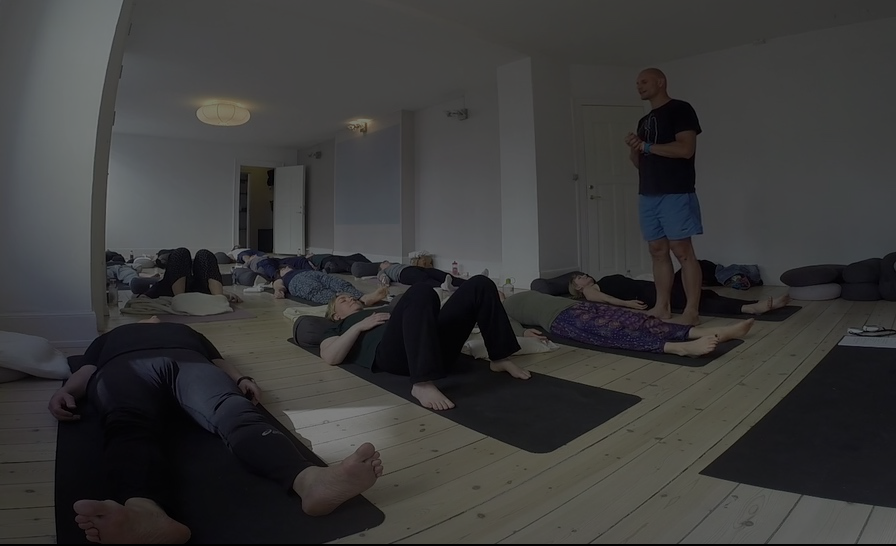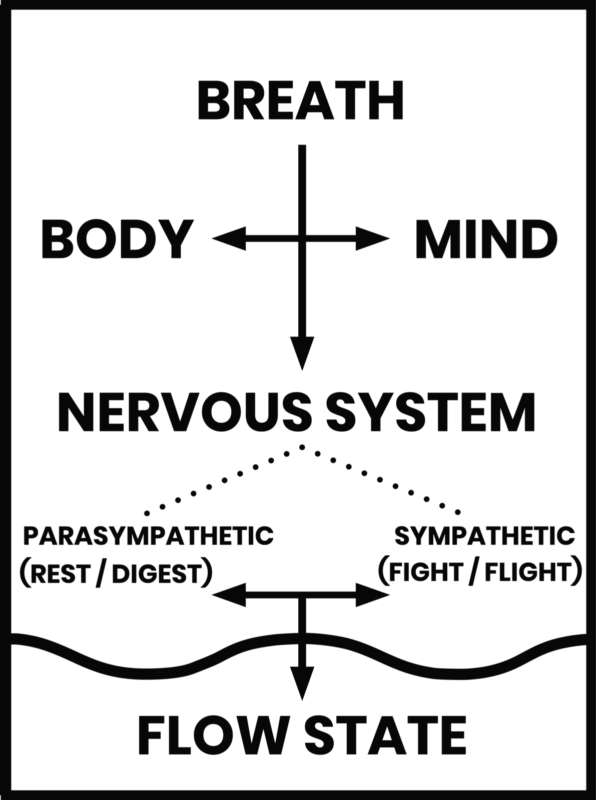Carbon dioxide (CO2) is a gas produced in our body as a byproduct of our metabolism and expelled through the lungs. In high levels, carbon dioxide becomes poisonous to the body. In small amounts, carbon dioxide is beneficial and an important part of our respiratory cycle.
Increase CO2 Tolerance
Whenever we breathe out, we rid our body of carbon dioxide. We learn that carbon dioxide is a waste product. It is created as a result of the biochemical processes in our cells that turn glucose and oxygen into energy. However, trace amounts of carbon dioxide remain in our body and this is a good thing.
Why CO2 is good for you
Carbon dioxide is not all bad. In fact, it is a necessary part of our respiratory system and, compared to oxygen, gets a bad rap. It’s the level of carbon dioxide that signals our body that we need to breathe more air, not the lack of oxygen.
This interesting fact comes to light and is utilized during the practice of breath holding. The longer you hold your breath, the more CO2 endurance you build up.
Carbon dioxide also dilates the blood vessels, as opposed to oxygen, which restricts them. A small percentage of CO2 in the blood increases the oxygenation of the blood and cells as the oxygen molecules can move more freely through the broader, dilated blood vessels.
Why is CO2 Tolerance beneficial?
At first, it may seem that the build-up of CO2 is not a good thing. It’s not on a long-term basis. Hypoventilation, where you consistently breathe slower or weaker than normal, increases the acidity of the blood. Conscious breathing is, however, about finding and creating a balance.
CO2 tolerance increases your ability to handle a temporary imbalance before it shifts back to normal.
For instance, when you breathe during athletic performance, you will not only breathe and use more oxygen, more carbon dioxide is produced as a byproduct. If you have a low CO2 tolerance, you will start hyperventilating as the urge to breathe is controlled by your body’s response to the CO2 levels in the blood.
This also relates to stress, inflammation and mental balance. Hyperventilation is a common condition for people that suffer from anxiety. The imbalance in their body increases the urge to breathe. Breath hold training helps build up CO2 tolerance and becoming comfortable in uncomfortable situations.
Breath holding is one of the most powerful tools of the Breatheology Method. Increase CO2 tolerance among many other benefits through a structured approach to breath holding.

Breath is the key to increased CO2 tolerance
Breath holding is the other side of the coin of breathing and, in the Breatheology Method, just as important as breathing. It’s about creating a balance – learning how to breathe and hold your breath – to build CO2 tolerance and resilience to stress.
LEARN TO INCREASE CO2 TOLERANCE WITH THE BREATHEOLOGY METHOD
To build CO2 tolerance, we need to become comfortable with not breathing. Training how to hold your breath comes with its own set of benefits, including building gradual resistance to build-up carbon dioxide in the body. The Breatheology ESSENTIALS goes into detail how to properly train holding your breath and explain how this benefits you on a daily basis. Thousands have taken the Breath Hold Challenge and experienced more energy and a calmer, focused mind.
Join Free Mini-Class Start CourseThe Breatheology Method
We benefit our clients by understanding who they are as individuals and their unique needs. Our mission is to serve the global community by helping them become healthy and better in all aspects of being.
To achieve our mission, our method consists of three profiles: Optimized Performance, Strengthen Health and Improve Resilience.
By assessing our clients across these profiles we get a strong picture of their dynamic needs and goals. The benefits from our Method are derived when we choose the right tool for the right person at the right time.
This allows us to work with a variety of breathing modalities to help align the mind and body and begin to “rewire” and manage the Autonomic Nervous System to move the client in a positive direction eventually bringing them to a “Flow State”.
